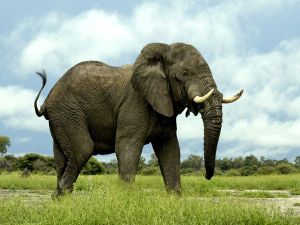
Mammals are vertebrates that dwell in the vast kingdom of Animalia! Some take their place in our household as adorable pets; others make for a delicious main course; and some make us their main course. They all have similar characteristics that separate them from the members of other classes. Let’s take a peek into this colourful world; you might just be surprised at what you find.
You probably already know your nationality, race, sex and favourite soccer team, but it’s important that you also know you’re a mammal! Unless the being reading this is a jellyfish, that never missed an English class.

Are you a mammal?!
If most of the answers to these questions below are ‘Yes’, then you are without doubt, a mammal.
- Do you have hair on any part of your anatomy?
- Do You Sweat?
- If you’re a mother; do you or have you ever breast fed?
- Do you suffocate under water without the use of a snorkel, oxygen tank or mask?
- Have you lost a tooth or teeth once in your life naturally, without being punched or hit in the face?
Let’s take a closer look at the characteristic features... You were proven a mammal from the moment you answered (in the affirmative) in the first question in the test above. Hair is one of the characteristics that is unique to mammals — all mammals have hair covering some part of their body at some point in their lifespan and no other animals have true hair. Hair grows from skin cells called follicles. Hair has several different forms including thick fur, long whiskers, horrifying horns or protective quills.
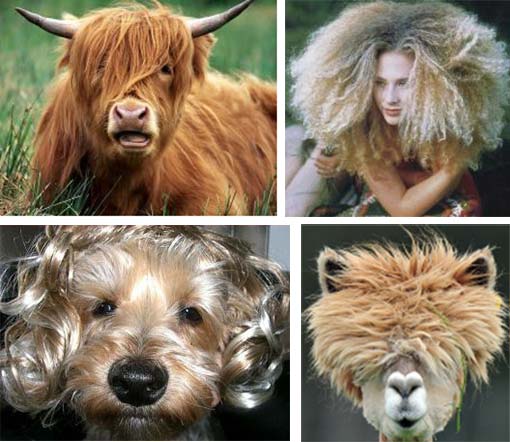
Other than experimenting with awesome funky hair-do, hair serves a variety of purposes for mammals. It provides insulation, serves as camouflage, protects the skin, and provides sensory feedback. Some mammals have thick coats that consist of two layers of fur - a soft under fur, and a rough protective outer fur. An excellent example of a two-layered fur coat mammal is the Otter, with more than 100,000 individual hairs per square centimetre. Imagine having to wax that kind of hair from your body!
There are two different defence strategies used by almost all mammals. The first one is quite obvious and is the first natural response. Let’s say, hypothetically, a man suddenly starts running at you with a ridiculously huge hammer raised above his head what’s the first thing you will try to do? Of course! You’ll run in the opposite direction as fast as you possibly can; you’ll then try and find yourself a place to hide. If none is available and you’re left cornered at the end of a dark alley you’ll probably then start searching for something to attack with or defend yourself. It’s the basic survival instinct.
The same applies for our mammalian counterparts. They first make a run for it, then search for cover and if none is close at hand, unleash their fascinating defence which are way cooler than ours. Some mammals play dead and the opossum is an excellent example. It first hisses and growls’, baring its teeth and if this is a flop, it will revert to plan B i.e. playing dead. No one does a dead opossum better than the opossum itself. It will drool with mouth open and teeth bared and remain motionless. It even adds the finishing touches by oozing a corpse-like smell from its anal glands. What’s surprising is that all this is in fact a physiological response to a tense situation and is not a conscious act.
Some animals’ physical appearance itself cries “I’M INEDIBLE!” and the porcupine is an excellent example. When threatened it will shake its quills, which are actually modified hair covered in keratin and are hollow, making a rattle like sound this is the signal before the porcupine charges backwards trying to stab the predator with its back quills. All those unlucky animals whose parent’s have not yet taught them never to tackle a porcupine are victims of quill injuries and sometimes even die due to an infection or because the easily breakable quills work themselves deep enough to damage blood vessels or even organs. Camouflage is another common defence mechanism it allows the animal to blend in with its surroundings and avoid being spotted. Some use chemical combat there’s no better example than the smelly skunk. When scared, the skunk will release a chemical that smells so revolting the attacker will never forget it lifelong.
The lower jaw comprises of a single bone that holds the teeth and is attached directly to the brain which in the case of the other classes of vertebrates like birds, reptiles and amphibians is one of numerous bones in the lower jaw and does not attach directly to the skull. This treasured bone we’re talking about is called the dentary.
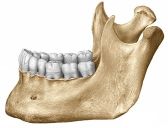
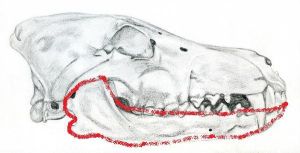
This convenient structure of the lower jaw and the muscles that control it allows you to bite through and chew on that hamburger in the same way that it helps lions cut through and chomp their prey. However the power in the bite is poles apart for the two of you.

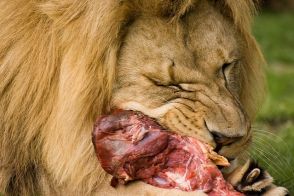
Mammals have specialized teeth suited to their particular diet. Cows for example have broad teeth appropriate for grinding grass while cats have sharp teeth that enable them to tear meat.
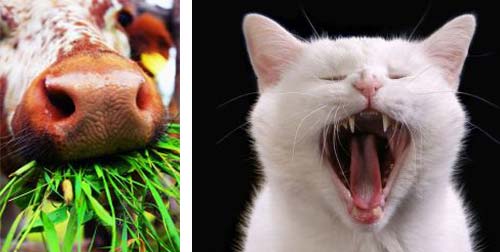
Diphyodonty is a form of tooth replacement in mammals where teeth are replaced just once in a lifetime. Young mammals have a set of teeth, smaller and weaker than their adult counterparts, called deciduous teeth. These temporary teeth fall out to make space for a set of larger, permanent teeth.

She’s going to grow a pair
polyphyodonts, in contrast to diphyodonts, have a pattern of teeth replacement that enables them to replace teeth continuously throughout their lifetime. The subjects that fall in this class would be toothed fishes, reptiles and many other non-mammalian vertebrates. Polyphyodonts most definitely keep the tooth fairy busy. We bet it wouldn’t be much fun being either one though.
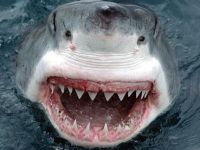
All mammals are endothermic or ‘warm-blooded’ in other words they are capable of regulating their own body temperature so that it remains at a relatively constant temperature regardless of the temperature of the ambient environment. Ectotherms on the other hand are the exact opposite of endotherms.
The chief advantage of endothermy over ectothermy is the decreased vulnerability to fluctuations in external temperature. Regardless of location, endotherms maintain a constant core temperature for optimum enzyme (biological molecules responsible for the thousands of chemical inter-conversions required to sustain life) activity.

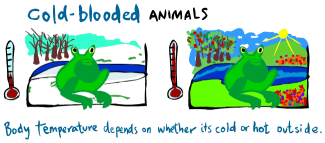
Another arrangement which is unique to mammals is the three bones in the middle ear – the malleus, incus, and the stapes, nicknamed the hammer, anvil, and the stirrup respectively. No other animal group brags of the same. The malleus and incus are bones that were once part of the lower jaw in mammal ancestors. The middle ear bones transmit sound vibration from the eardrum to the inner ear and convert them into neural impulses (the electrical discharge that travels along a nerve fibre). Neural impulses simply put, is a way of coding information to be transmitted quickly and accurately.
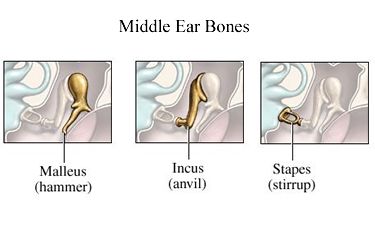
Mammary glands are adapted, swollen sweat glands comprised of ducts and glandular tissues that secrete milk through nipples. This is another exclusively mammalian trait present in both males and females. However they only fully develop in females. The exception to this rule is the male Dayak fruit bat. Milk produced by the mammary glands is used to nurse the young. The milk contains vital proteins, vitamins, fat, sugars, and salt needed for nourishment. Not all mammals are blessed with nipples.
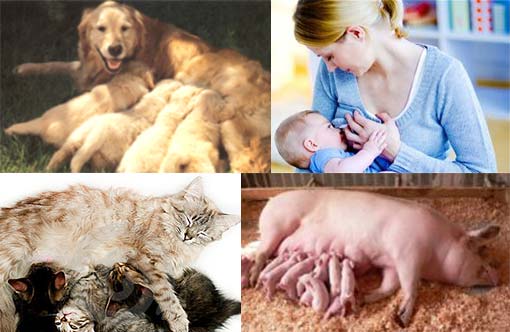
Monotremes, mammals characterised by bird-like and reptilian features like laying eggs, having a single opening for digestion, excretion and genital organs, like the platypus and the echidnas miss out on nipples and give milk through ducts in their abdomen instead.
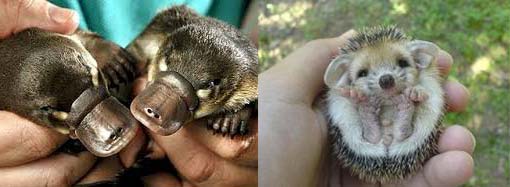
The diaphragm is a layer of muscle that separates the thoracic cavity i.e. the heart, lungs & ribs, from the abdominal cavity. You would find it at the base of the ribcage in mammals and prising it out might cause respiratory problems. As the diaphragm contracts, the volume of the thoracic cavity increases and air is drawn into the lungs. Mammals are not the only vertebrates to possess a diaphragm, amphibians and reptiles also have diaphragms or diaphragm-like structures. You would do well to keep in mind that the anatomy of the diaphragm and its position vary among the different classes of vertebrates.
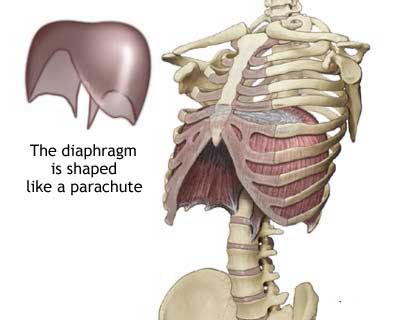
How many love songs have we heard about breaking, empty and hollow hearts? Well, just a clarification – the heart IS a hollow muscle that cannot be filled no matter who you fall in love with. Its main function is pumping blood through the blood vessels by repeated rhythmic contractions. It is found in all animals with a circulatory system and this obviously includes mammals. The heart works to deliver oxygen and nutrients throughout the body and remove waste products.
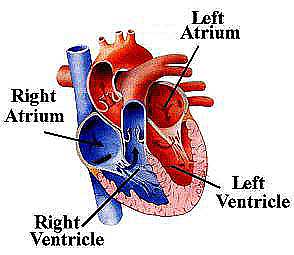
The heart consists of multiple chambers, the number of chambers differ for various animal groups. There maybe two to four chambers present and these chambers are of two types – the atrium and ventricle. The atrium, as the name suggests, receives oxygen-rich blood coming from the lungs while the ventricle pumps blood from the heart to the rest of the body. The structural detail varies in different animal groups. Birds and mammals on the other hand have the most complex four-chambered hearts consisting of two atria and two ventricles. The structure of the four-chambered heart offers better efficiency when compared to the two and three-chambered heart structures. A four-chambered heart separates oxygenated blood coming from the lungs from the partially deoxygenated blood returning from the body on its way to the lungs to be re-oxygenated. The prevention of mixing of these two streams of blood ensures that tissues receive oxygen-rich blood which in turn facilitates continued muscle activity and helps in maintaining constant body temperatures. So the next time someone tells you to ‘have a heart’ stand up like the proud mammal that you are and say ‘I do.....and it’s four chambered!!’
The Blue Whale. It has a heart as big as a car with a body to match. It is the biggest creature to ever inhabit this planet. Even bigger than a dinosaur! This gentle giant has a length of nine family-sized cars placed end to end and blood vessels so large you could swim through them. So why aren’t we putting them in the “world’s largest fish” section? No, we’re not stupid. The whale is a mammal, just like you. They’re endothermic, give birth to and nurse their young, breathe oxygen from air and have hair. Still not convinced? Well take a dekko at these facts and then call us stupid.
- Whales give birth to live young while fish lay eggs.
- Whales have skin , fish have scales (though not all fish have scales)
- Whales have their noses on their head, these noses are called blowholes and whales breathe through them. Fishes have gills that take in oxygen from the water.
- And finally whales are warm-blooded (endothermic) while fish are cold-blooded (ectothermic)
You would think that this giant is a terrorizing monster; well they are quite the opposite. The blue whale is virtually harmless and has been hunted down to near extinction in 1931, killing nearly 29,000 of these mystic creatures. The whale’s diet consists mainly of krill, a tiny shrimp. The blue whale consumes over 1000 krills in a single swallow. Small fish and plankton are also on its menu of favourite foods. It takes about 3600 kg of seafood a day to keep the blue whale well fed. The whale also tops the list of the loudest living organism on earth. Scientists have recorded their vocalization as being as loud as 188 decibels. We’ll give you something to compare it with - a jet taking-off has a sound enough to rupture ear-drums and the decibel level is 150.
The African elephant also known as the African bush elephant or the African savannah elephant is found, would you believe it, in Africa! They once inhabited the stretch from the southern Sahara desert to the southern tip of Africa and were scattered from the west coast of Africa to the Indian Ocean. Today the poor guys are restricted to small patches of southern Africa.
They feed on plant material such as grasses leaves, roots, fruits, buds and bark, are 13 to 16 feet long and weigh about 4⅜-7¾ tons. So get the hint, being a vegetarian doesn’t really help with the sliming.
